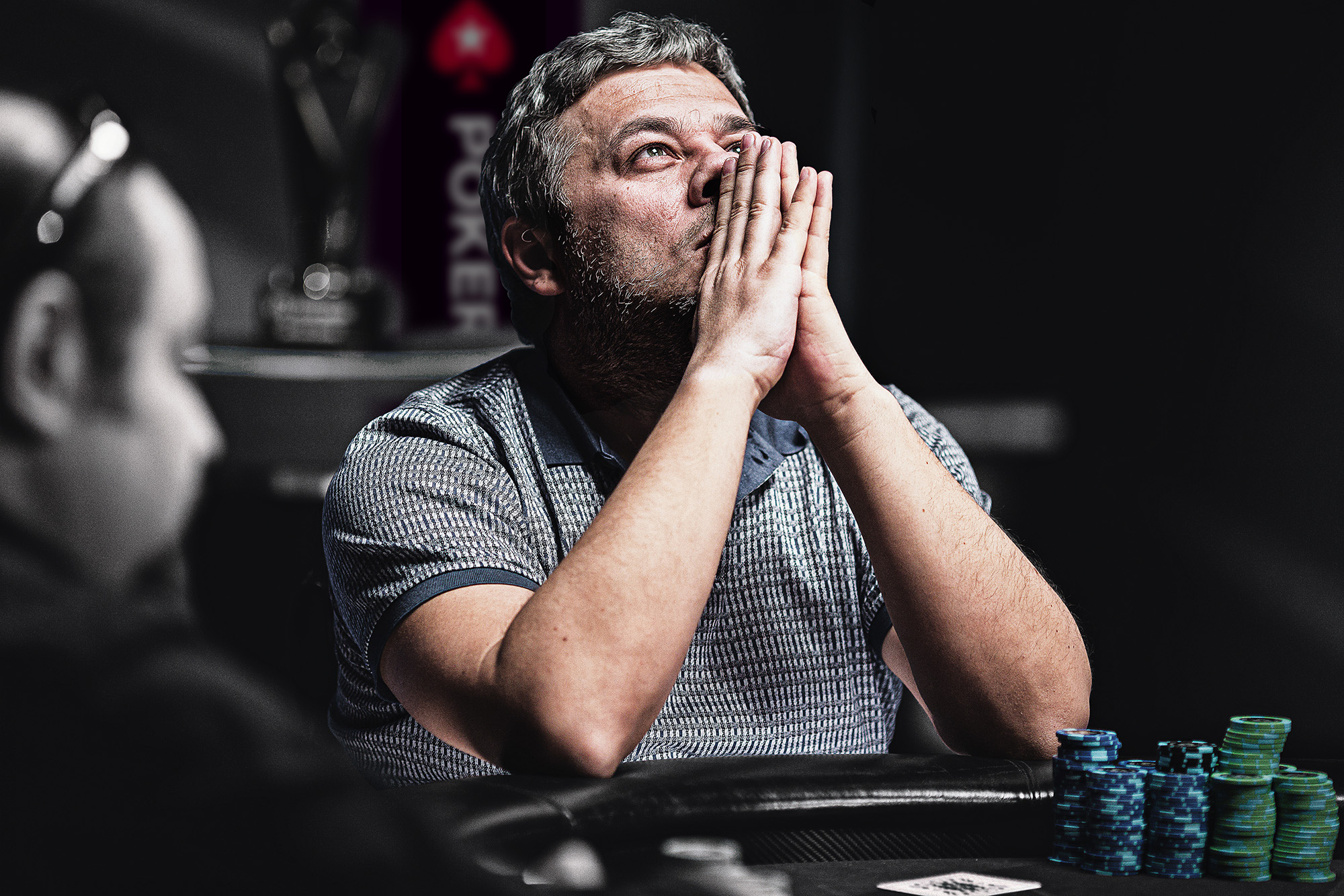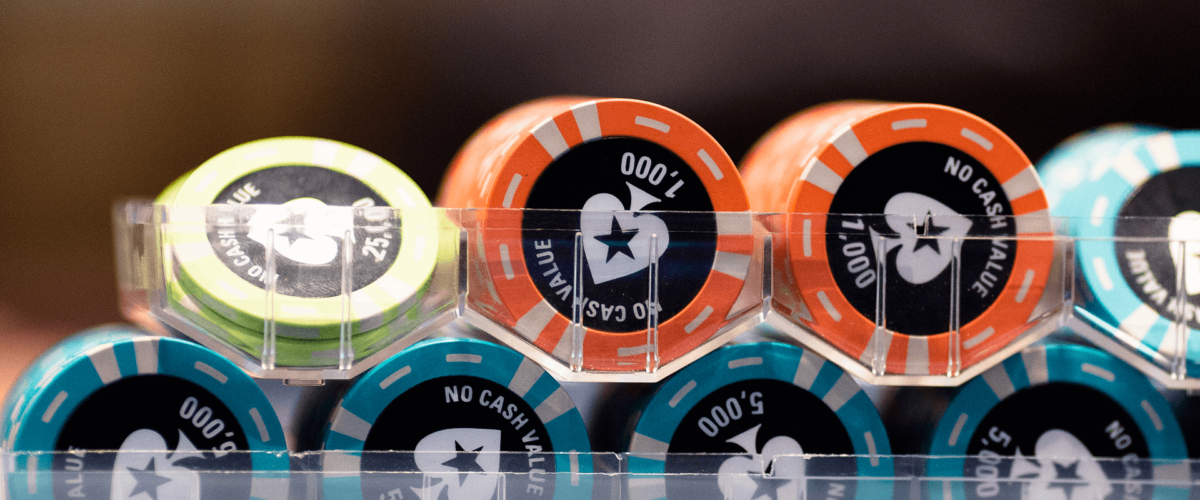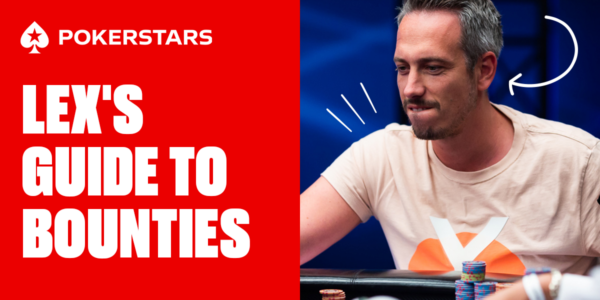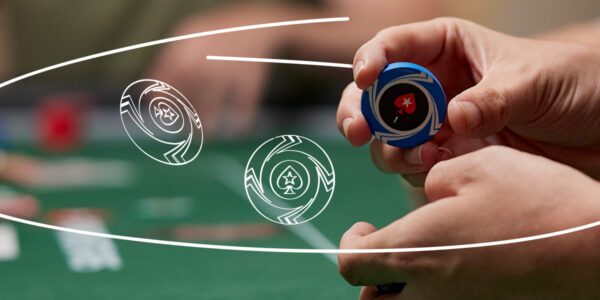Playing Phased Poker Tournaments


I wanted to look at a very specific format today – phased tournaments. You generally see these for major series like SCOOP and WCOOP where the buy-ins are smaller, like a satellite, and the players who survive all the levels will take the chips they accumulate into the next stage of the tournament.
The interesting thing about these events is that they seem like a hybrid of a satellite and a regular multi table tournament, but when you boil them down they are just a regular multi table tournament. They are like a satellite in that you are required to play a Phase 1 ahead of time in order to play Phase 2. However, unlike a satellite you take the stack you earned over to the next stage, whereas in a satellite you start afresh with a standard starting stack.
In a satellite it is strategically correct to make big folds when it looks like you have a seat locked up near the bubble, but in Phase 1’s the aim of the game is to build the biggest stack possible to give you a shot at the final table. Making a tight fold at the end of the Phase 1 will technically get you to Phase 2, but you have passed up a shot at building a big stack. Therefore, the ‘correct’ strategy should always be one that gives you a better chance at winning the entire tournament, even if that means risking elimination before Phase 2 begins.
While it is technically correct to continue trying to build your stack right up until the end of the Phase 1, not everyone at your table will realise this. There will be a ‘pseudo bubble’ taking place in the final few levels of the Phase that can be exploited. So an adjustment that can be made here is being more aggressive, especially against the players with a respectable stack for the official Phase 2. While this is a relatively new poker format this is not a new phenomenon. The World Series of Poker Main Event, for example, often sees the field tighten up at the end of the Day 1 flights because it is a badge of honour for many to make it to Day 2, even though that does not guarantee any money. Conversely, some players will play the latter stages of a Phase 1 more aggressively than normal because they don’t want the hassle of coming back to Phase 2 with a short stack.
Just as we advise in our book Poker Satellite Strategy, profiling your opponents is key when you get to the final stages of a Phase 1. It will become very clear which players have adopted incorrectly a ‘satellite mentality’ (look for them stalling in the final few levels) who can be easily pushed off hands. Likewise, don’t assume you can bully the short stacks as you often can in a satellite because many of them would prefer to gamble then have a second stab at the Phase 1 again.
A Phase 1 is NOT a satellite, but not everybody who plays them understands that, so take advantage of it.
Barry Carter is the co-author of Poker Satellite Strategy, which is available now.














